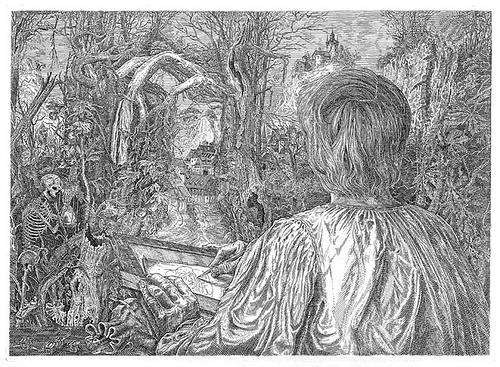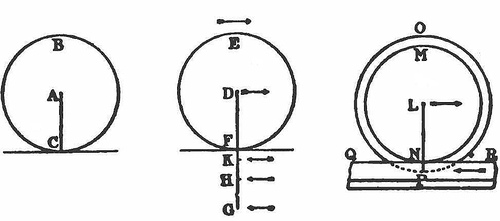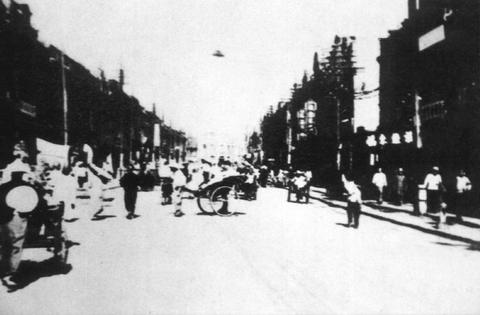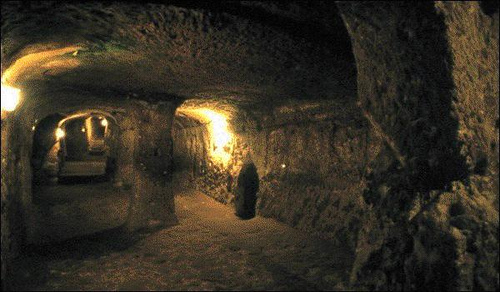SIR,—In reference to your paragraph in your yesterday’s issue [of the Malacca Straits Times Overland Journal], relating to our having seen a sea-monster answering to the popular notion of a sea-serpent, I am prepared to vouch for the correctness of the statement already made to you by the doctor and a passenger by my ship.
Being on the bridge at the time (about 10 A.M.) with the first and third officers, we were surprised by the appearance of an extraordinary monster going in our course, and at an equal speed with the vessel, at a distance from us of about six hundred feet. It had a square head and a dragon black and white striped tail, and an immense body, which was quite fifty feet broad when the monster raised it. The head was about twelve feet broad, and appeared to be occasionally, at the extreme, about six feet above the water. When the head was placed on a level with the water, the body was extended to its utmost limit to all appearance, and then the body rose out of the water about two feet, and seemed quite fifty feet broad at those times. The long dragon tail with black and white scales afterwards rose in an undulating motion, in which at one time the head, at another the body, and eventually the tail, formed each in its turn a prominent object above the water.
The animal, or whatever it may be called, appeared careless of our proximity, and went our course for about six minutes on our starboard side, and then finally worked round to our port side, and remained in view, to the delight of all on board, for about half an hour. His length was reckoned to be over two hundred feet.
JOHN W. WEBSTER,
Commander, S.S. Nestor.
Singapore, 18th September 1876.





